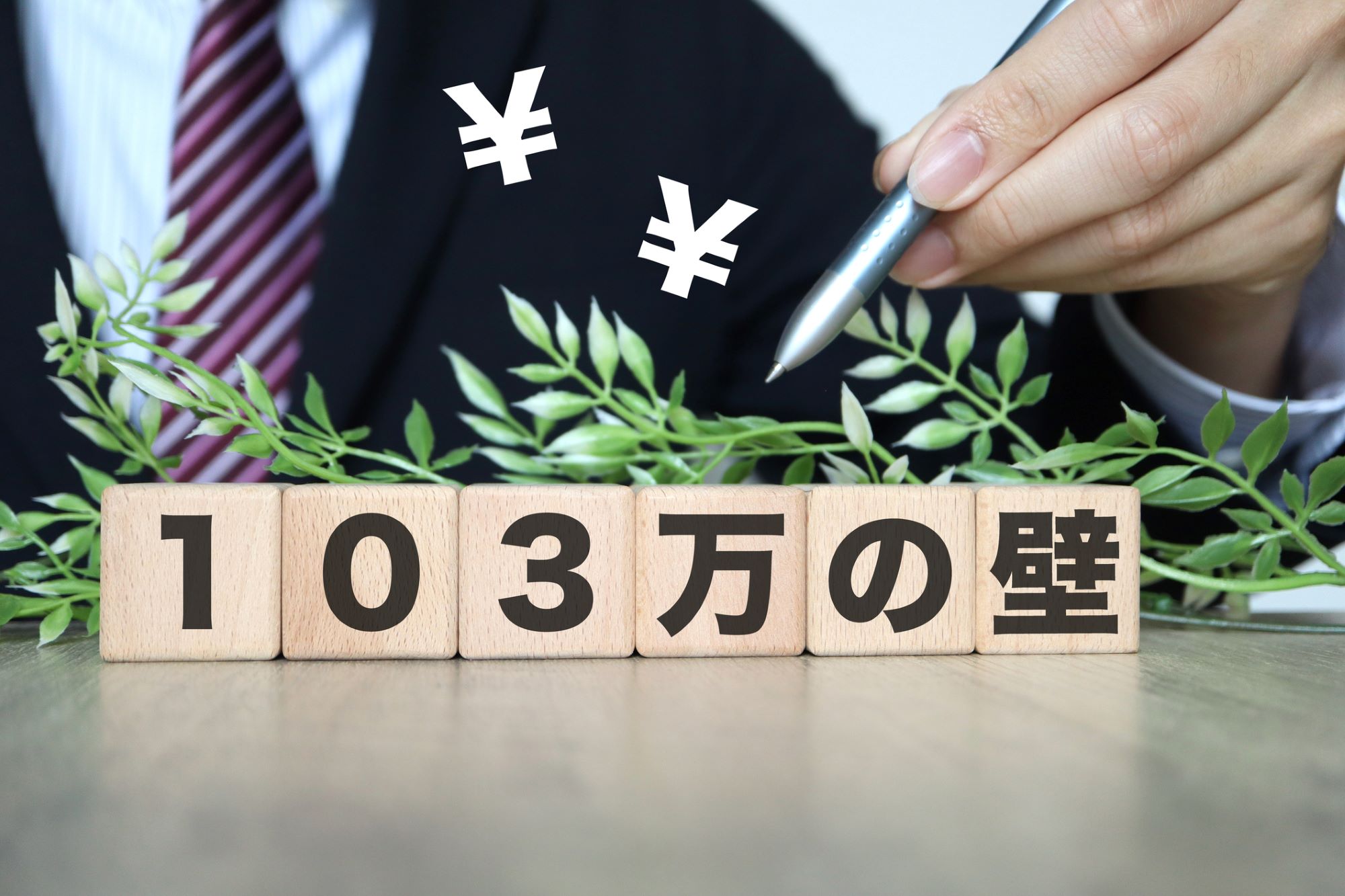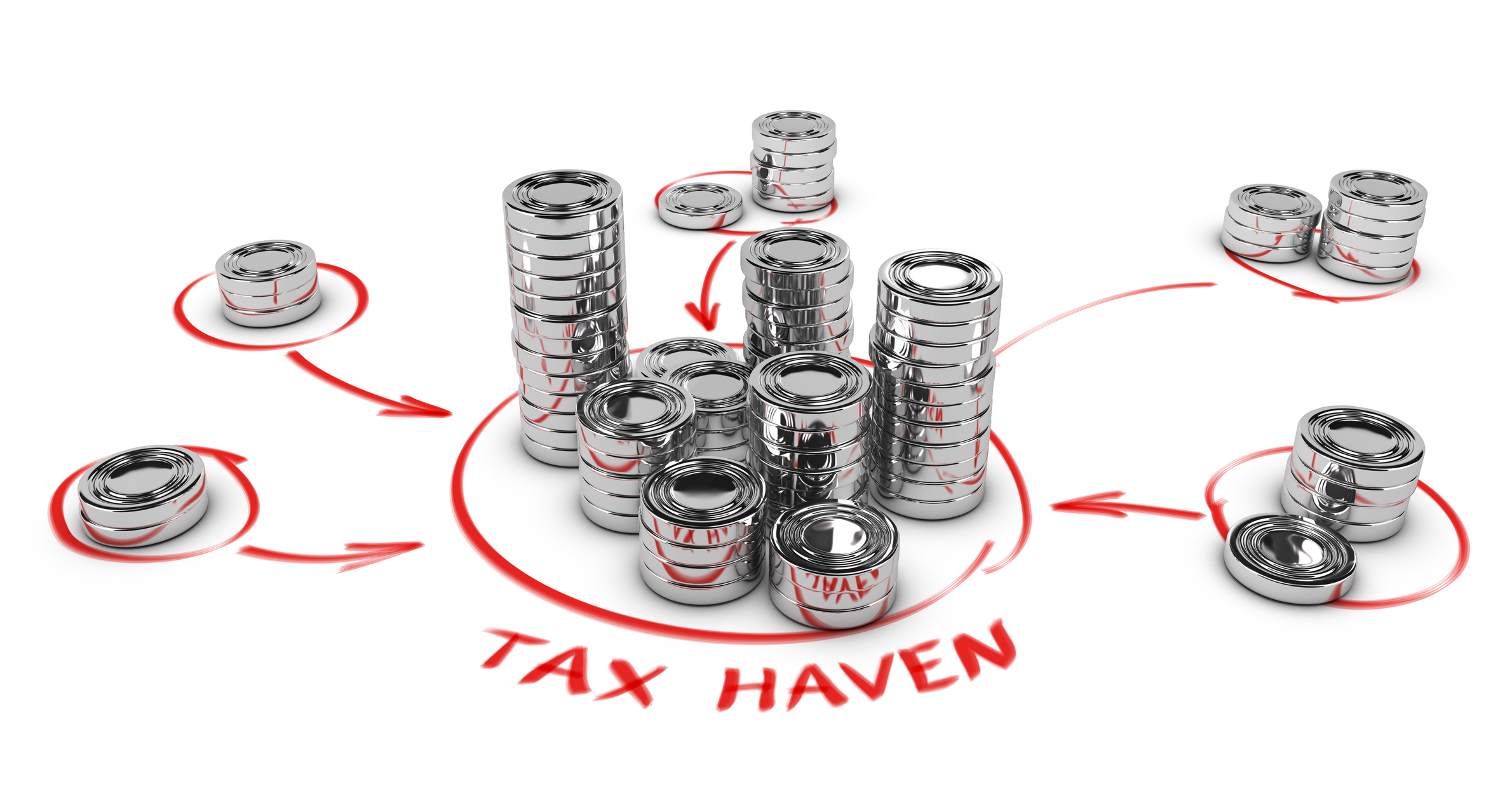
Crypto Assets and Taxes
March 17, 2023
R-2022-137
Japan’s National Tax Agency reported a record amount of undeclared income in 2021 among wealthy individuals with overseas or crypto assets. In tracking down such hidden wealth, tax investigators appear to have benefited from information obtained from crypto-asset service providers and through the global exchange of information via the Common Reporting Standard, launched by the OECD in 2017 to combat tax evasion. International tax expert Naoki Oka reviews Japan’s experience in this sphere and ways to make the tax system more trustworthy.
Introduction
The presence of crypto assets (cryptocurrencies and non-fungible tokens, or NFTs) in society has grown in recent years. Japan is one of the frontrunners in its legislative and administrative response to regulating crypto-asset exchanges (brokers) and taxing crypto assets.
Prompted by bitter lessons, including the bankruptcy of the Mt. Gox cryptocurrency exchange in 2014 and a massive virtual currency hack of Coincheck Inc., in 2018, legislative and administrative measures have been taken to supervise and regulate crypto-asset exchanges. Taxation of crypto assets has also been modified and clarified in the light of the regulative changes.
Crypto represents state-of-the-art financial assets and present challenges for regulators and tax administrators. In the following, I will discuss Japan’s experience in this area and the OECD’s recent efforts to enhance access to cross-border crypto-asset transactions.
Table 1. Number of Active Crypto-Asset Accounts (Japan)
(¥ billion)
|
Type |
Investors |
Mar 2019 |
Mar 2020 |
Mar 2021 |
Mar 2022 |
|
Spot |
Individuals |
1,264,068 |
1,473,180 |
1,998,981 |
2,943,549 |
|
Corporations |
6,211 |
7,690 |
9,699 |
17,515 |
|
|
Leveraged (futures) |
Individuals |
521,272 |
541,946 |
547,585 |
415,644 |
|
Corporations |
3,183 |
2,803 |
2,626 |
924 |
Source: Japan Virtual and Crypto assets Exchange Association (JVCEA), https://jvcea.or.jp/about/statistics/#nenkan.
Table 2. Value of Crypto-Asset Transactions (¥ billion)
(¥ billion)
|
FY2017 |
FY2018 |
FY2019 |
FY2020 |
FY2021 |
|
|
Spot |
12,714.0 |
9,413.8 |
7,656.9 |
20,605.0 |
28,509.8 |
|
Leveraged (futures) |
56,432.5 |
76,530.0 |
69,210.2 |
97,364.0 |
37,182.1 |
Source: JVCEA, https://jvcea.or.jp/about/statistics/#nenkan.
Regulation and Taxation of Crypto-Asset Transactions in Japan
Let me start by reviewing Japan’s experience with cryptocurrencies and other crypto assets.
1. Regulating Exchanges: Financial Stability and User Protection
Following the 2014 Mt. Gox collapse and the 2018 Coincheck hack, the government reviewed the supervision of crypto-asset exchanges and amended relevant laws and regulations. The revised Payment Services Act established definitions for such terms as “crypto assets” and “crypto-asset exchange services” and made the registration of crypto-asset exchanges mandatory (Article 2(5) and (7) and Article 63-2). Thirty crypto-asset exchanges were registered as of February 2023.
Satoshi Nakamoto, the pseudonym of the presumed inventor of the bitcoin virtual currency and author of a 2008 paper proposing a peer-to-peer financial system, is said to have come up with the idea of a cryptocurrency as a way of circumventing the centralized monetary system, which had been destabilized by the 2008 financial crisis. It was argued then that strict regulation of exchanges would nip innovation in the bud—and such criticism is still being advanced today.
But the robustness of Japanese supervision was demonstrated by a major crisis in 2022—the bankruptcy of US-based FTX Trading. Immediately after news of FTX’s bankruptcy filing broke around the world in November 2021, the Japanese Minister of Financial Services Shun’ichi Suzuki stated at a press conference, “The assets of the group’s Japanese subsidiaries are not insolvent because they have been thoroughly segregated, and the assets of Japanese investors have been preserved.”
A May 16, 2017, Wall Street Journal article reported that the new regulatory regime introduced in 2017 contributed to the confidence of Japanese investors and supported the rapid rise of bitcoin. Appropriate regulation for financial stability and user protection will undoubtedly contribute to the healthy development of the crypto-asset market, as discussed above.
Efforts to make the crypto-asset market a safe place for citizens to invest are not limited to legislative efforts. Legislative responses to crypto assets inevitably have limitations in terms of comprehensiveness, because new types of transactions appear one after another, and timeliness, owing to an unavoidable time lag in legislation.
Part of this gap has been filled through voluntary regulation by the Japan Virtual and Crypto assets Exchange Association (JVCEA). Established in 2018, it is the only self-regulatory association of crypto-asset exchanges registered in accordance with Article 87 of the Payment Services Act.
Examples of the JVCEA’s efforts include:
- Self-regulation of modest leverage ratios[1] to ensure that trading in crypto-asset derivatives does not become overly speculative. The leverage ratio for crypto-asset derivatives is currently 1:2 (self-regulated), while the same for FX derivatives is 1:25 (regulated by the Financial Services Agency).
- Assistance with proper tax compliance for clients. Member crypto asset exchanges must provide an annual transaction report that records the historical cost and sales amount of crypto-asset transactions to their clients.
2. Taxation: Clarification, Taxpayer Assistance, Access to Information
The National Tax Agency (NTA) has issued a number of guidelines (Q&As) on taxation of crypto assets and has also published a crypto asset statement on its website to facilitate tax reporting, including:
- Tax Treatment of Crypto Assets, Dec 2022 (5th revised edition)
- Tax Treatment of Non-Fungible Tokens, Jan 2023
- Tax Treatment of Year-End Market Valuation for Crypto Assets Held by Corporations (Information), Jan 2023
The ability to access information on crypto-asset transactions has also been enhanced. The 2019 tax law reforms introduced “John Doe summonses” for crypto-currency investors, allowing tax authorities to order (with penalties for noncompliance) crypto-asset exchanges to provide information on digital transactions without identifying the names of taxpayers.[2] From 2021, crypto-asset exchanges have been required to submit “information returns” for crypto-asset derivatives transactions (leveraged transactions) to tax offices. Information returns are documents showing the recipient’s name and amount of payment.
Table 3. Crypto-Related Tax and Regulatory Developments in Japan (Summary)
|
Event |
Taxation |
Regulation |
|
|
2008 |
Invention of bitcoin by Satoshi Nakamoto |
||
|
2014 |
Failure of Mt. Gox |
||
|
2015 |
Tokyo District Court: Crypto currency is not “goods” |
||
|
2017 |
Consumption tax: out of scope NTA Q&As (first published) Provision of “crypto assets statement” |
Oblige exchanges to register Due diligence Segregation of accounts |
|
|
2018 |
Hack of Coincheck Inc. |
Study Group on Tax Returns for Cryptocurrency Transactions |
|
|
2019 |
John Doe summons |
Apply Financial Instruments and Exchange Act to derivative transactions |
|
|
2021 |
Information returns for leveraged transactions |
||
|
2022 |
Bankruptcy of FTX Trading (US) |
||
|
2023 |
NTA Q&As for taxation of NFTs and for corporations |
Source: Created by the author.
Table 4. Summary of Crypto-Related Tax Treatments in Selected Countries
|
Japan |
US |
Italy |
|
|
What is crypto currency? |
Property value that is digital and can be used to make payments |
Digital representation of value Property for federal income tax purposes |
Digital representation of value |
|
Taxation of VAT |
Not taxable (taxable before June 2017) |
NA |
Outside scope |
|
Exchange with “real currency” |
Taxable (miscellaneous income) |
Taxable (capital gain) |
Taxable (miscellaneous income) |
|
Exchange with other crypto currencies* |
Taxable (miscellaneous income) |
Taxable (capital gain) |
Not taxable |
|
Purchase of goods, services |
Taxable (miscellaneous income) |
Taxable (capital gain) |
Taxable (miscellaneous income) |
|
Provision of services paid by crypto currency |
Taxable (employment income or business income) |
Taxable (ordinary income or self- employment income) |
|
|
Information obligation for exchanges, brokers |
Yes (futures, implemented from 2021) |
Yes (effective from 2024) |
|
|
Receive as gift |
Taxable (gift tax) |
Not taxable |
|
|
Statute |
Yes (definition) |
Yes (2023 budget law) |
|
|
Applicable tax rates for crypto-asset income |
up to 45% (miscellaneous income) |
0%, 15%, 20% (capital gain); +3.8% (net investment income tax) |
26% (miscellaneous income) |
|
Tax rates (national/federal) |
5%–45% |
20%–37% |
23%–43% |
|
Remarks |
|
|
Application of 2,000 euro de minimis rule |
*Exchange with other crypto currencies is taxable in Japan (see Q1-3 of the NTA FAQ below) and in the United States (see Q16 of the IRS FAQ below). The top applicable income tax rates are 45% in Japan and 23.8% in the United States. It is not taxed in Italy (see p. 847 of the Tax Notes International article below).
Sources: Created by the author based on (for top nine rows) the FAQs of the National Tax Agency, December 22, 2022 (Japan); “Frequently Asked Questions on Virtual Currency Transactions” of the Internal Revenue Service (US); and “Italy’s New Tax Regime for Cryptoassets: Light and Shadow” in Tax Notes International, February 13, 2023, by Raffaele Russo, Glan Gualberto Morgigni, and Marco Gesualdi (Italy).
Tax Gap and Crypto Assets
The NTA recently reported a record amount of undeclared income in 2021 among wealthy individuals with overseas or crypto assets. Undeclared income from crypto-asset transactions per case was ¥37 million—1.5 times higher than in the previous year.
The “tax gap” is lost tax revenue caused by taxpayer noncompliance and insufficient enforcement by tax authorities. The US Internal Revenue Service defines the gross tax gap as the “difference between estimated ‘true’ tax liability for a given period and the amount of tax that is paid on time.” The most recent IRS estimates (2014–16) put the US tax gap at $496 billion. At that time, however, the total value of crypto assets was only about $10 billion, less than one-hundredth its current size.
So, what is the size of the US crypto-assets tax gap today? Joseph Abate, managing director at Barclays, estimated in 2017[3] that less than half of the taxes due on income from crypto assets is paid and that the size of the crypto tax gap is as large as $50 billion, or 10% of the total tax gap.
Data collection should thus be effective in addressing the tax gap for crypto assets. A 2021 report by the Congressional Research Service suggests imposing information obligations on crypto-asset exchanges in the light of the recent expansion of the crypto market and the crypto-asset tax gap. And the staff of the Joint Committee on Taxation of the US Congress estimated in 2021 that the implementation of information reporting for brokers and digital assets introduced by the Infrastructure Investment and Jobs Act (Section 80603) will raise an additional $28 billion in revenue over eight years (2024–31).[4]
Investments in crypto assets have a speculative aspect, and there are cases where ordinary individuals might become huge tax evaders. For example, a taxpayer in Japan who initially reported income of only ¥1.2 million excluded over ¥200 million of income from the sale and exchange of crypto currency and failed to pay ¥74 million in income tax. Following a criminal investigation, the court sentenced the taxpayer to one year’s imprisonment and a fine of ¥18 million (judgment dated March 30, 2021).
Access to Foreign Financial Information
In October 2022, the OECD presented the G20 meeting of finance ministers and central bank governors with a new transparency framework for international administrative cooperation called CARF (Crypto-Asset Reporting Framework). CARF expands the scope of the Common Reporting Standard (CRS), a global automated exchange of bank information implemented in 2017, to include crypto assets. The CRS information exchange network covered over 100 jurisdictions, including those known as tax havens.
The OECD’s experience with the CRS has been very positive. Japan received 2.74 million pieces of information from abroad in 2021 through the CRS, enabling the NTA to identify a record number of underpaid taxes. For high net-worth individuals with assets overseas, the amount of additional taxes due per case was ¥29.53 million, 9.1 times the average of all cases. It seems safe to say that the CRS has helped to improve the quality of cross-border financial income taxation.
While registration is required to operate a crypto-asset exchange in Japan, some foreign exchanges operate in violation of this requirement (the Financial Services Agency publishes lists of both legitimately registered exchanges (30 entities) and those in violation (11 entities).
Expanding the scope of the CRS to crypto assets will improve the ability of the NTA to access foreign crypto assets.
Takeaways
We may draw the following conclusions based on Japan’s experience in taxing crypto assets:
1. The regulatory framework for crypto-asset exchanges has significant implications for designing a transparent crypto-asset tax framework.
Difficulties in monitoring crypto-asset holdings and transfers for tax purposes stem from the fact that such assets are traded not through traditional financial institutions but via a peer-to-peer system. This problem can largely be cleared if either financial market regulators impose registration obligations on crypto-asset exchanges[5] or tax authorities impose tax information obligations on exchanges. Japan’s experience shows how this can work.
2. Consider the use of CARF to ensure taxation of domestically held crypto assets.
CARF provides tax authorities access to the foreign crypto assets owned by taxpayers. Any information on crypto assets obtained by tax offices in Japan will, in turn, be passed onto authorities in other countries. This may still limit access to information about crypto assets owned domestically, as obligation to provide such information is currently limited to futures transactions (that is, derivatives). As such, there is a gap between information on domestic and cross-border transactions. To ease the compliance burden for crypto-asset exchanges, consideration may also be given to treating residents and nonresidents without distinction under the CARF framework.
The CRS and CARF, along with the October 2021 agreement on a 15% global minimum corporate tax, represent major achievements of the OECD’s decades-long fight against tax havens. The details of CARF-related mechanisms and domestic laws still need to be worked out, but it is to be hoped that the system will be effectively implemented.
[1] “Leverage refers to the use of debt (borrowed funds) to amplify returns from an investment or project. Investors use leverage to multiply their buying power in the market.” Investopedia, https://www.investopedia.com/terms/l/leverage.asp.
[2] Article 74-7 of the Act on General Rules for National Taxes.
[3] Laura Davison, “Crypto Investors Likely Paying Less Than Half the Taxes They Owe,” Bloomberg News, May 11, 2022, https://news.bloombergtax.com/daily-tax-report/crypto-investors-likely-paying-less-than-half-the-taxes-they-owe.
[4] Section 80603 of the Infrastructure Investment and Jobs Act (2021) added “reporting of digital assets” and “return requirement for certain transfers of digital assets not otherwise subject to reporting.”
[5] The policy goals of financial market regulator generally include financial stability, user protection, and anti-money laundering and combating financing of terrorism. See Financial Services Agency Regulatory Framework for Crypto-assets and Stablecoins,” https://www.fsa.go.jp/inter/etc/20220914-2/02.pdf.






















